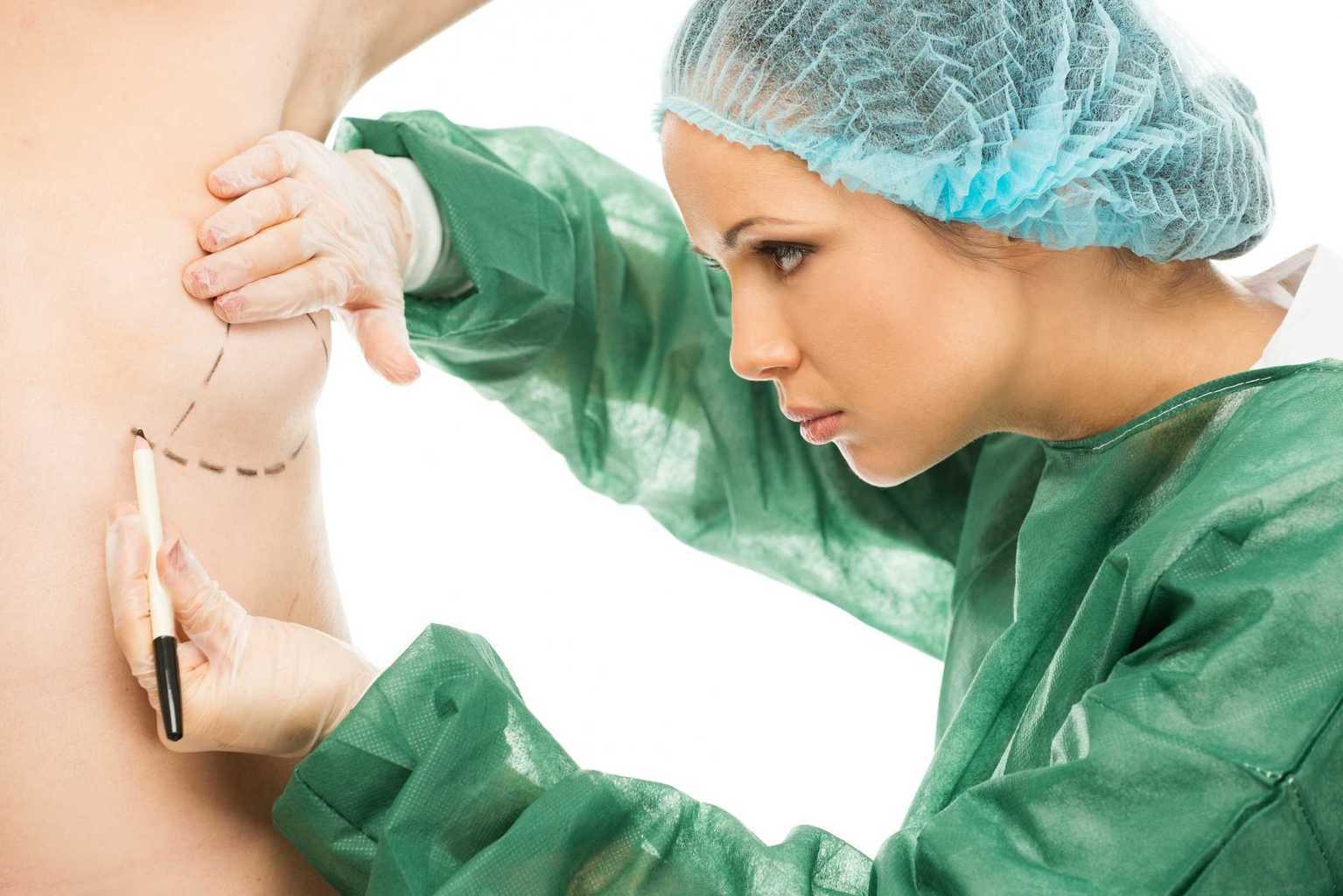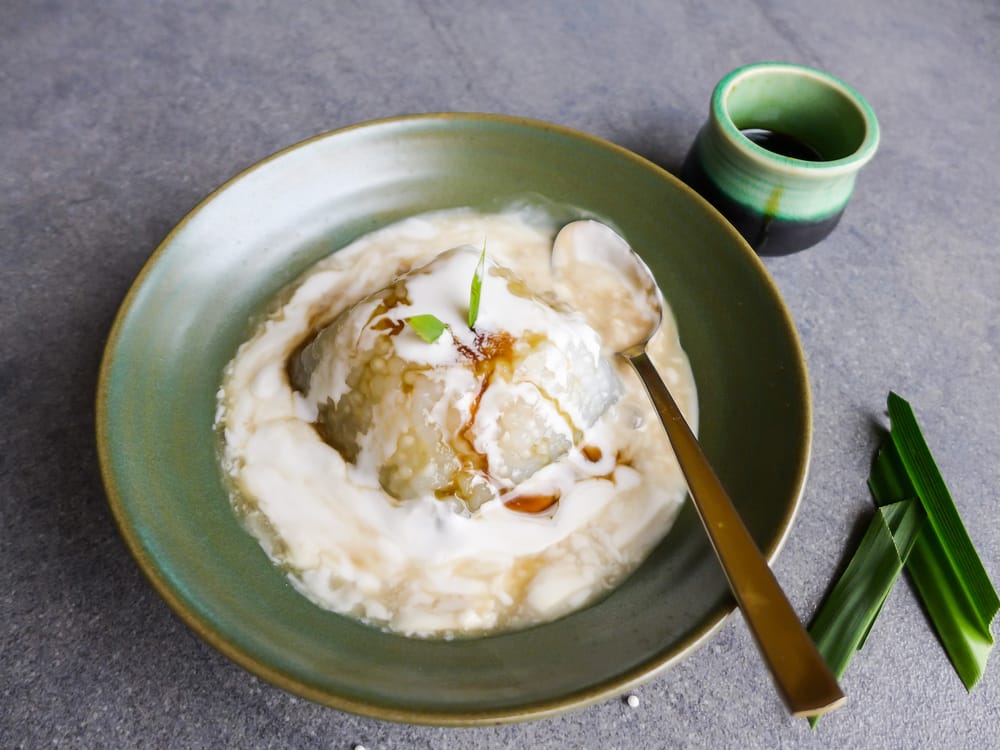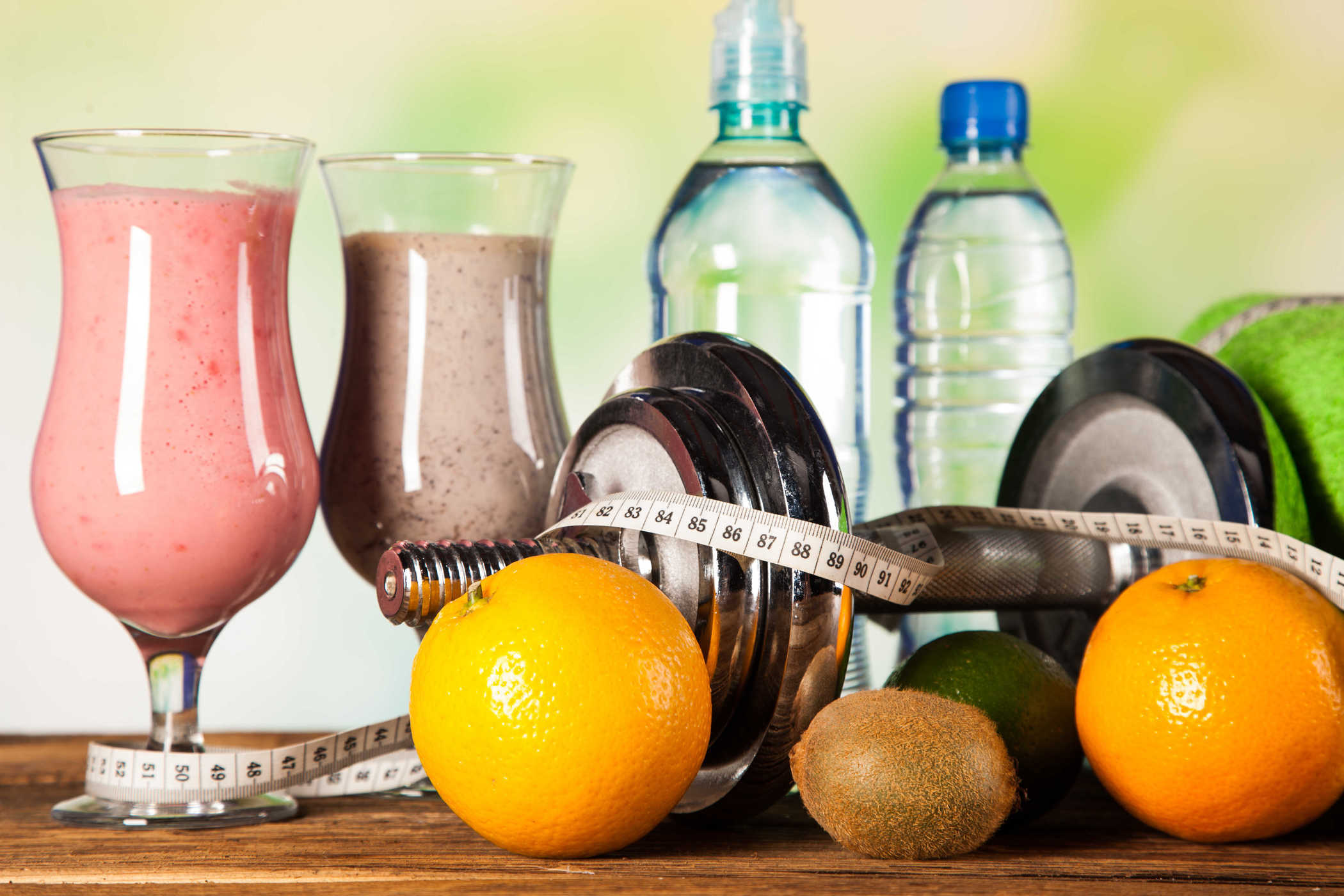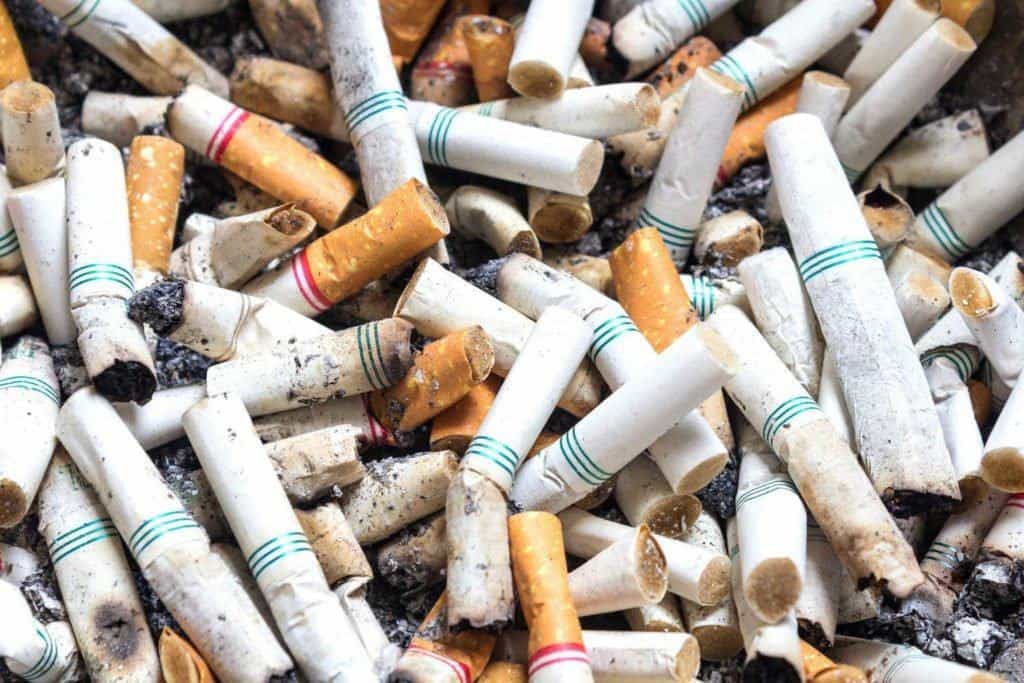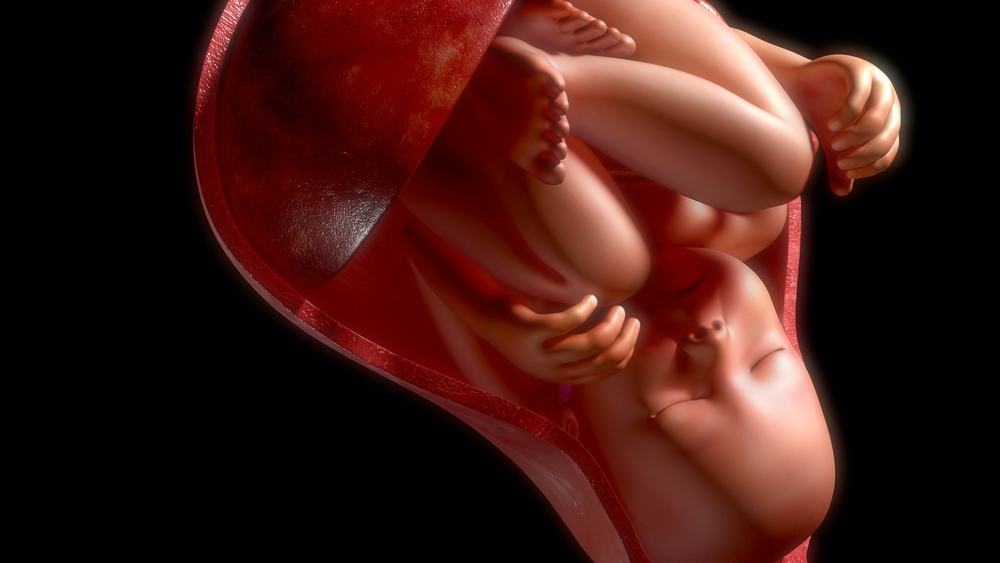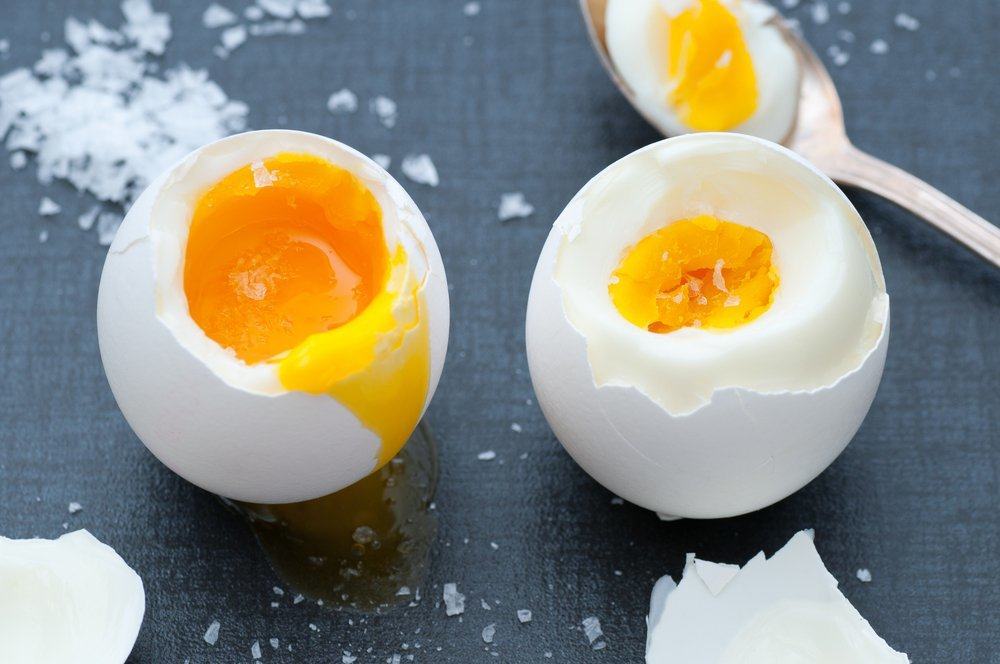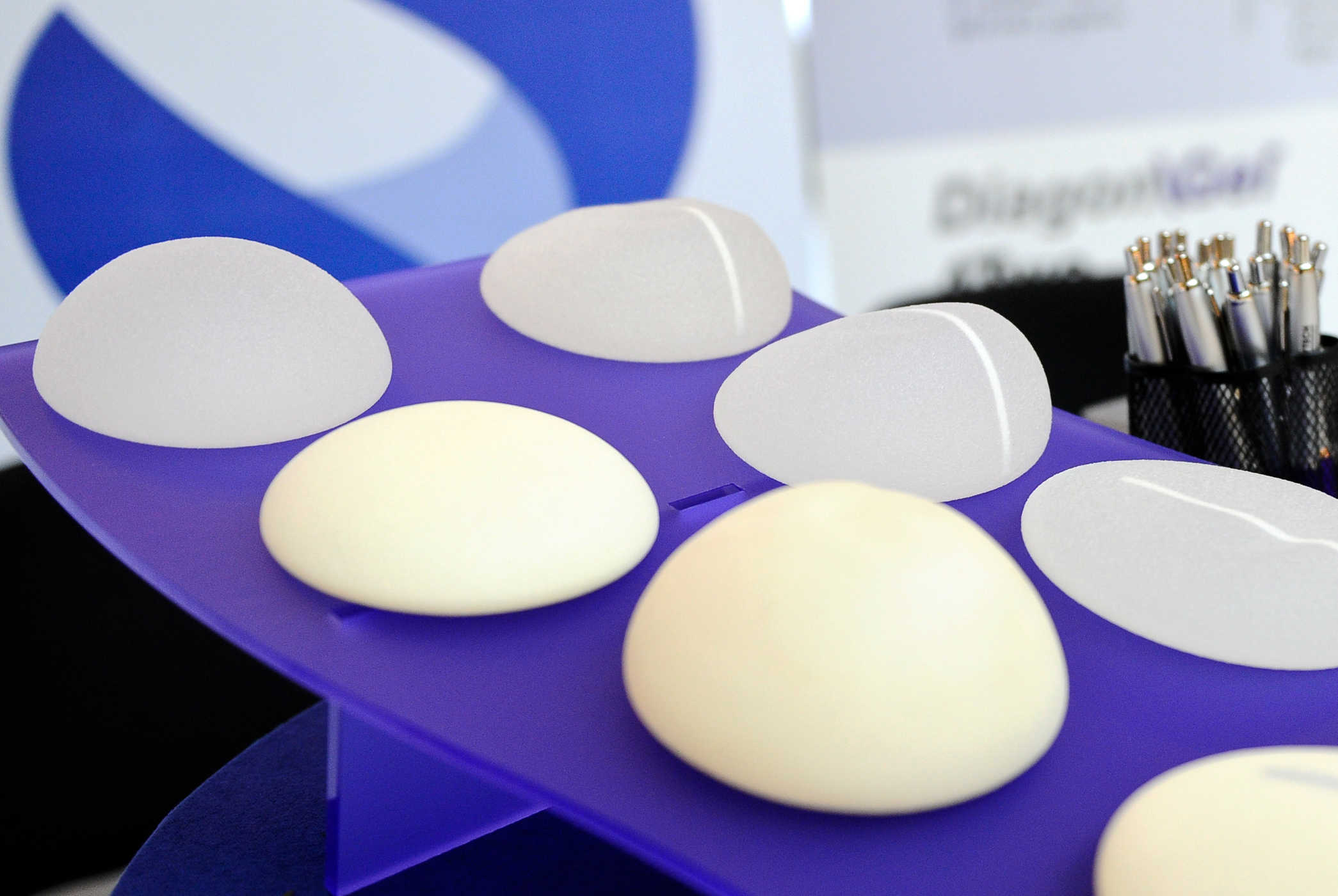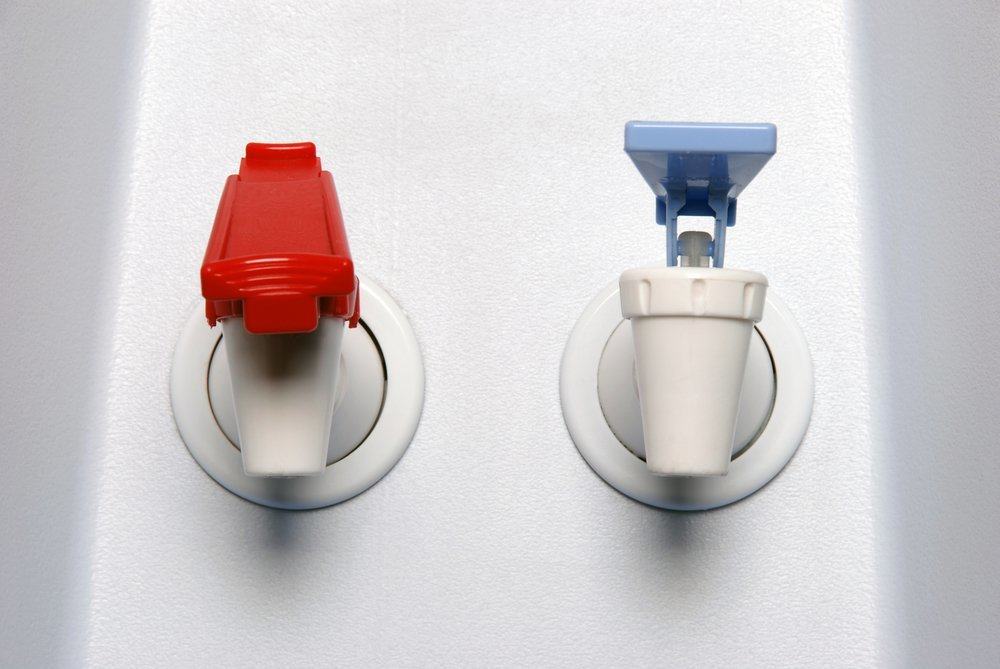Contents:
- Medical Video: Prophylactic Mastectomy
- What is prophylactic mastectomy?
- Who should consider taking this procedure?
- What is the procedure like?
- Are there possible complications or risks?
- Is it possible the cancer still appears after carrying out the procedure?
- What prevention strategies can women consider?
- What is the best thing that can be done to prevent breast cancer?
Medical Video: Prophylactic Mastectomy
If you know that you are at risk for breast cancer, you might want to do everything you can to prevent this disease. Family history of breast cancer, BRCA gene mutations, and lobular carcinoma in situ, all are a number of reasons for you to undergo prophylactic mastectomy, aka mastectomy for prevention. But before you decide to lift your breasts, you should learn more about the procedure.
What is prophylactic mastectomy?
Prophylactic mastectomy is the surgical removal of breast tissue to prevent the appearance of cancer in people who are at high risk of this disease. Bilateral mastectomy is removal of both breasts. The researchers showed that bilateral prophylactic mastectomy has been shown to reduce the chance of cancer by 90 percent in women at high risk. Bilateral removal has also been shown to reduce 95 percent risk in women with mutations in the BRCA1 or BRCA2 gene.
Who should consider taking this procedure?
Women who are at high risk for breast cancer can consider prophylactic mastectomy. You are at high risk if:
- Get positive results in checking BRCA 1 and 2 mutations
- Has a strong family history of cancer. This means having blood relatives such as grandmother, mother, and sister who have cancer before the age of 50 years
- Diagnosis of carcinoma in situ and family history of the disease. Despite its name, carcinoma in situ is not cancer. Carcinoma in situ is considered a tumor marker and a risk factor for breast cancer
- Having breast cancer in one breast. Women who undergo removal of one breast due to cancer may be able to choose to simultaneously undergo removal of the breast next to it, even though the breast is not affected by cancer. This is usually done so that it is symmetrical and is more about the reason for physical appearance than health.
Other women should continue to carry out standard mammograms and maintain breast care with regular checks. This includes women with:
- Dense breasts
- Fibrocystic breast
- Calcification
- Biopsy several times
Women who fall into this category may need to make a personal plan. This might include MRI and annual mammograms to monitor disease. Although the conditions mentioned above can cause concern, women in this category are usually not good candidates for prophylactic mastectomy.
What is the procedure like?
If you are at risk for cancer, you will usually do genetic counseling. During your visit, the doctor will explain in detail, your chances and the risk of getting cancer. You might also talk to medical social workers or counselors, who can help you find information. Then you will consult a surgeon and plastic surgeon - if you want reconstruction. Surgery is usually done together, with the breast surgeon lifting the breast tissue and then the plastic surgeon completing the reconstruction process.
There are many reconstruction options. Women who do not have cancer usually have more time to decide the best course of action and determine the right operation. If you consider this procedure, you might need another opinion. Make sure you understand all the options in detail.
When a mastectomy decision is made, the general procedure that is usually done is a simple mastectomy. In this procedure, a surgeon will remove the skin, nipples, and all breast tissue. They will not remove any lymph nodes or muscles. Other operations include nipple and skin mastectomy and several types of reconstruction. You can make decisions together with breast and plastic surgery specialists.
Are there possible complications or risks?
All operations have risks. Immediately after the surgery you are at risk of bleeding, infection, or fluid buildup. Other problems may include wounds that are long healed. Long lasting side effects can include:
- Permanent numbness in the operated part
- Possible shoulder and chest weakness
- Pain and itching that doesn't know where it is
Is it possible the cancer still appears after carrying out the procedure?
Because breast tissue is difficult to remove completely, prophylactic mastectomy cannot guarantee you won't get cancer. The breast tissue extends to the collarbone and armpit, and it is impossible to lift all cells. Unfortunately, only one cell is needed for cancer to develop.
What prevention strategies can women consider?
Positive examination of gene mutations also indicates you are at high risk for uterine cancer. If this is the case, you may need to consider removing the uterus as well. Two drugs, tamoxifen and raloxifene, are approved by the FDA as a treatment for preventing breast cancer. But this drug will only prevent estrogen positive breast cancer. This drug can also have dangerous side effects.
What is the best thing that can be done to prevent breast cancer?
There is no way to know exactly who will get breast cancer and who won't. Living a healthy lifestyle is the best preventive action we know. Eating healthy food, exercising, limiting alcohol use, not smoking, and staying away from chemicals if possible, are positive steps. Although it may not guarantee you avoid cancer, taking these steps can improve your overall health and help you stay strong when the cancer comes to you.
Making the choice to do a prophylactic mastectomy is not easy. Mastectomy is a surgical procedure with a real risk. This can have an impact on your life and the way you see yourself.
Prophylactic mastectomy is a permanent procedure. Be sure to discuss in detail with your doctor, family, and loved ones before making a decision.
READ ALSO:
- Learn more about mastectomy
- Various treatment options for breast cancer
- Lumpectomy: What are the procedures and what are the risks?

